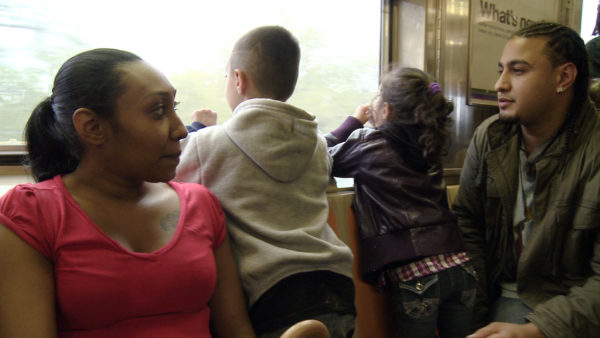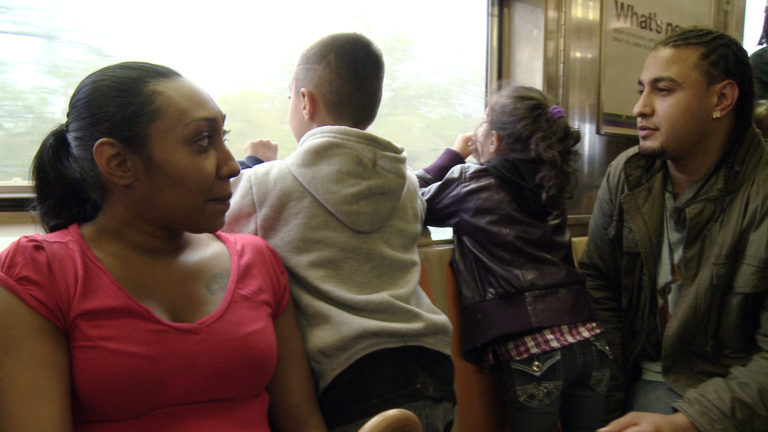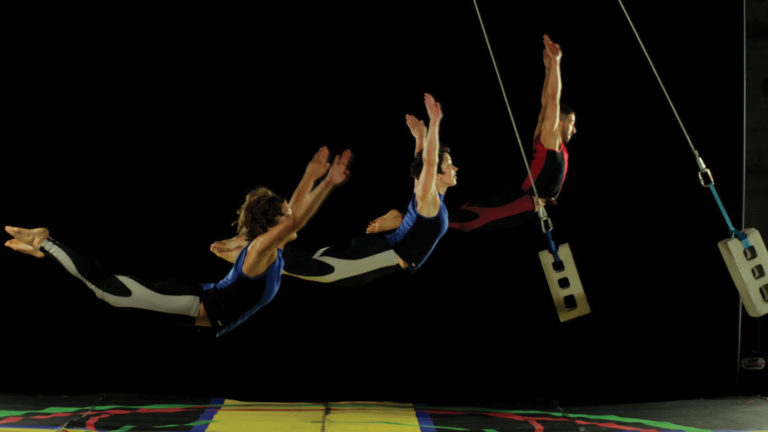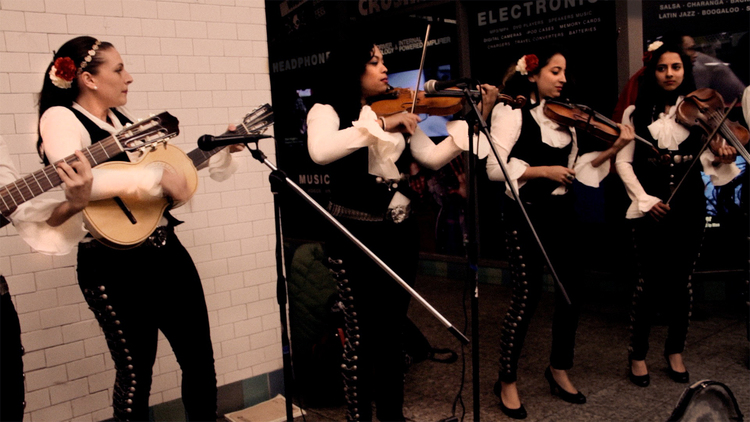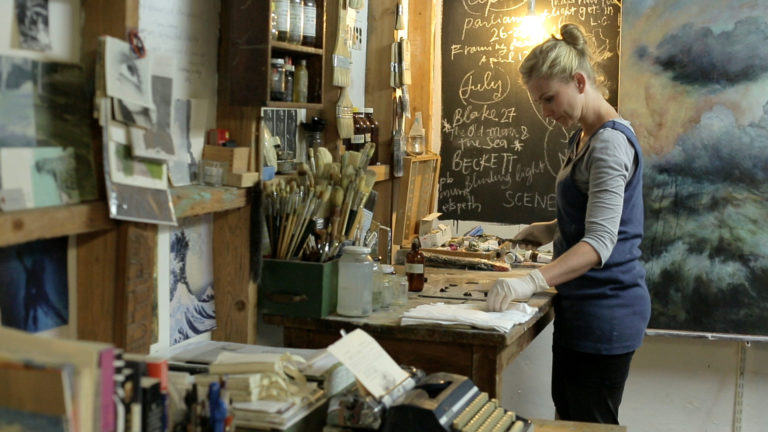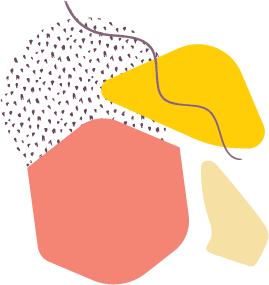Tough Love follows Patrick Brown, a single, white father in Seattle, and Hasna “Hannah” Siddique, a newly married Bangladeshi mother of two in New York City. Both Patrick and Hannah have been charged with neglecting their children and are now fighting to get their kids out of the child welfare system and back home. Through exclusive access to their courtroom appearances, their visits with social workers, and their time spent with family, Tough Love chronicles Patrick and Hannah’s separate journeys through the child welfare system. In so doing, it uncovers the emotional and cultural challenges both must overcome as they seek to put their families back together.
We first meet Patrick in Seattle’s Family Treatment Court, a specialized program that helps parents with a history of substance abuse reunite with their children. His four-year-old daughter Natalya has been living with a loving Italian foster family after being removed from his care. After 15 months in the Family Treatment Courts, Patrick is sober and holds a steady landscaping job, but worries about money and relapse still haunt him.The judge reminds Patrick that he needs to build strong support systems before he can get his daughter back.
As the film unfolds, we watch as Patrick gets closer to getting Natalya home. But then he stumbles—gambling away his rent money and drinking a glass of wine—after an emotional 4th of July holiday without his daughter. His case now takes a huge step backwards and the courts and administrators involved in his case begin to question his recovery and ability to parent his child in a safe environment. Among other requirements for reunification with Natalya, Alcoholics Anonymous and Gamblers Anonymous meetings are added to Patrick’s list of responsibilities. And staffing meetings at the Family Treatment Courts reveal that the Judge might terminate Patrick’s parental rights. With the system stacked against him, Patrick wonders whether he has what it takes to be a father, or whether Natalya would be better off being adopted by her foster family.
***
Meanwhile, across the country in New York City, we meet a seven-month pregnant Hannah and her new husband, Philly. At first, they seem like any happy, young couple. But we soon learn that two years earlier, Hannah’s two children, from a previous relationship with an abusive ex-boyfriend, were removed from her care after an anonymous caller informed the Administration for Children’s Services (ACS) that she left them for nights at a time with Hannah’s Bangladeshi mother. We learn that even as she expects a newborn in the coming months, Hannah is still fighting to be reunited with her older children. Having made little progress thus far, she’s enlisted the help of the Child Welfare Organizing Project (CWOP), a support group for child welfare-involved families.
It’s at a CWOP meeting that Hannah and Philly learn a devastating child-welfare fact: the safety of their unborn child will also be under investigation because Hannah has an open case with ACS, They also learn that their current housing—with Philly’s mother—is a liability. If they don’t move, ACS may not only deny her custody of her older kids, but take her new baby as well. With no other options, Hannah and Philly follow the advice of their parent advocates and apply for a family homeless shelter.
While waiting for a shelter spot, Hannah gives birth to a health baby girl, Mia. Then, just days after Baby Mia is born, the city housing authorities deny her and Philly a spot in the family shelter. Both the couple and their parent advocates at CWOP fear that ACS may not be able to see past Hannah’s housing troubles, despite the progress she has made in building a stable home for her growing family.
***
As both Hannah’s and Patrick’s cases inch toward dismissal, audiences experience the human stories behind the acronyms and bureaucracy so often associated with the child welfare system. They perceive the remarkable discretion and power judges have to define what makes a parent a parent—and a family a family. They witness the oft-overlooked and unappreciated role that social workers, lawyers and parent advocates play as child welfare cases drag on. Most powerfully, they feel the strength and poignancy of Hannah and Patrick’s love for their children— and the incredible odds against which they fight in order to get them back.
